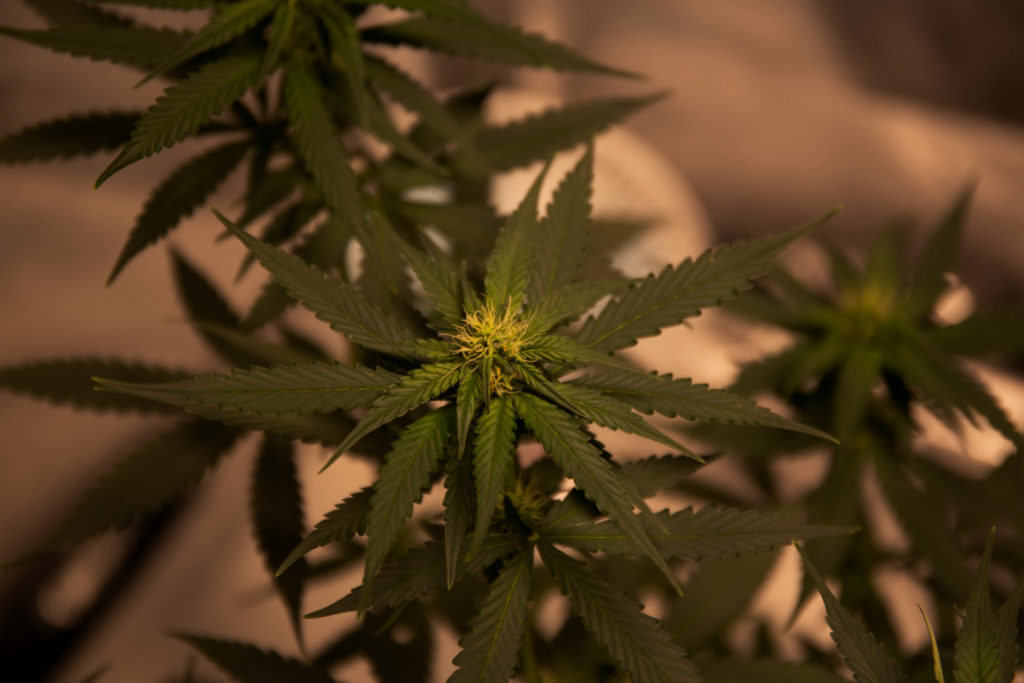
On April 17, 2016, Governor Wolf signed into law Senate Bill 3, which legalized medicinal marijuana in Pennsylvania. By signing the bill, Pennsylvania became the 22nd state (23rd including DC) to legalize medicinal marijuana, with the Governor & the General Assembly believing that the product could help alleviate some budgetary concerns in the Commonwealth. Along with the economic impact, research showing the positive impact that medicinal marijuana can have on individuals suffering from a wide-array of medical issues made the topic a slam-dunk.
But here we are in 2020, more than four years after the signing of the bill, and more than two years after the implementation of the program. What kind of impact has medical marijuana had on the Commonwealth of Pennsylvania? How much revenue has the State received since the first sale of medical marijuana in 2018? How many patients are currently treating their conditions with the medical marijuana?
Additionally, what does the future of marijuana in Pennsylvania look like, and can it help reduce the fiscal damage done by the COVID-19 pandemic?
What Does Medical Marijuana in Pennsylvania Look Like in 2020?
The first sale of medical marijuana to a patient in Pennsylvania occurred on February 15, 2018. At the time, only 10 dispensaries were approved, and only 17,000 patients had registered for the program. Since then, more than 150,000 Pennsylvanians have been certified to use medical marijuana by approved physicians.
Currently, there are 82 licensed dispensaries throughout the commonwealth. These dispensaries offer a range of products for individuals suffering from 23 different medical conditions. Approved physicians can recommend medical marijuana for conditions ranging from anxiety, to glaucoma, to epilepsy, to cancer. Presently, most patients use medical marijuana to treat chronic pain, anxiety, PTSD and cancer.
In the first full year of medical marijuana sales, ranging between February 2018 – February 2019, sales totaled $132 million. These sales produced tax revenues a little over $2 million. According to the latest sales numbers provided by the Medical Marijuana Advisory Board, which covered the range between February 2019 – November 2019, total sales and tax revenue rapidly increased.
In that rough 5 month span, total sales increased by $392 million, which is almost a 300% increase in total sales. The tax revenue collected in that time frame was roughly $4.4 million, doubling the revenue made from the first year. Overall, $309 million worth of medical marijuana has been purchased by patients and caregivers.
However, it’s not all sunshine and roses, and problems are still prevalent. According to a survey from the Pennsylvania Medical Marijuana Advisory Board, almost 60% of patients are still paying more than $200 per month. This cost is a major concern, considering that for individuals who have stopped using medical marijuana, 61% attributed at least part of the blame to the cost of their treatment.
What Does the Future of Marijuana in Pennsylvania Look like?
The future of marijuana in Pennsylvania is currently up for debate. However, with the projected budget issues due to COVID-19, and the potential long term effects of this budgetary crisis, recreational marijuana could be on the horizon. Currently, 11 states (12 including D.C.) have legalized recreational marijuana, with Colorado and Washington State leading the way by legalizing it in 2012. Colorado reached $1 billion in revenue in 2019, with Washington State reaching that point at roughly the same time. And in 2018, Auditor General DePasquale reported that recreational marijuana could annually produce $581 million in tax revenue in Pennsylvania.
Implementation of recreational marijuana may still a contentious topic for many in the General Assembly, however the citizens of Pennsylvania may be warming to the idea.
Governor Wolf announced his support for recreational marijuana on September 25, 2019. A Franklin & Marshall poll released on October 31, 2019, showed 58% of Pennsylvania’s registered voters support recreational marijuana, with only 45% of Republicans supporting legalization. These numbers match a poll released by Franklin & Marshall on March 28, 2020, showing that 59% of registered voters support recreational marijuana.
However, the perception of recreational marijuana could be changing for Republicans. A Harper Polling memo released on April 27, 2020 showed that 62% of Pennsylvanian’s support legalized sales to adults, including 54% of conservatives.
Only time will tell if Republicans and Democrats in the General Assembly will come together to legalize recreational marijuana. But until then, medical marijuana will continue to provide patients in Pennsylvania with additional treatment options for their conditions, and bring in additional revenue to the Commonwealth.
This blog post was written for Ridge Policy Group by Harrisburg Legislative Assistant Aaron Dimick.
